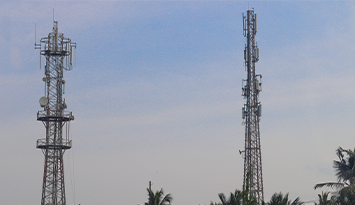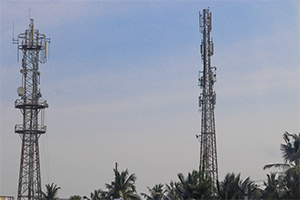As a premier organization with a keen focus on NI, NO & NMs in the Telecom sector, Nemera Technologies excels in providing cutting-edge solutions. Alongside our expertise in Information Technology, we specialize in seamlessly integrating Telecom services, Network optimizing infrastructure, and delivering comprehensive managed services.
Contact Us
#12A-09, Chartered Square 152 N Sathon Road. Silom Bangkok 10500.Thailand
Newsletter
Sign up to get update news about us











